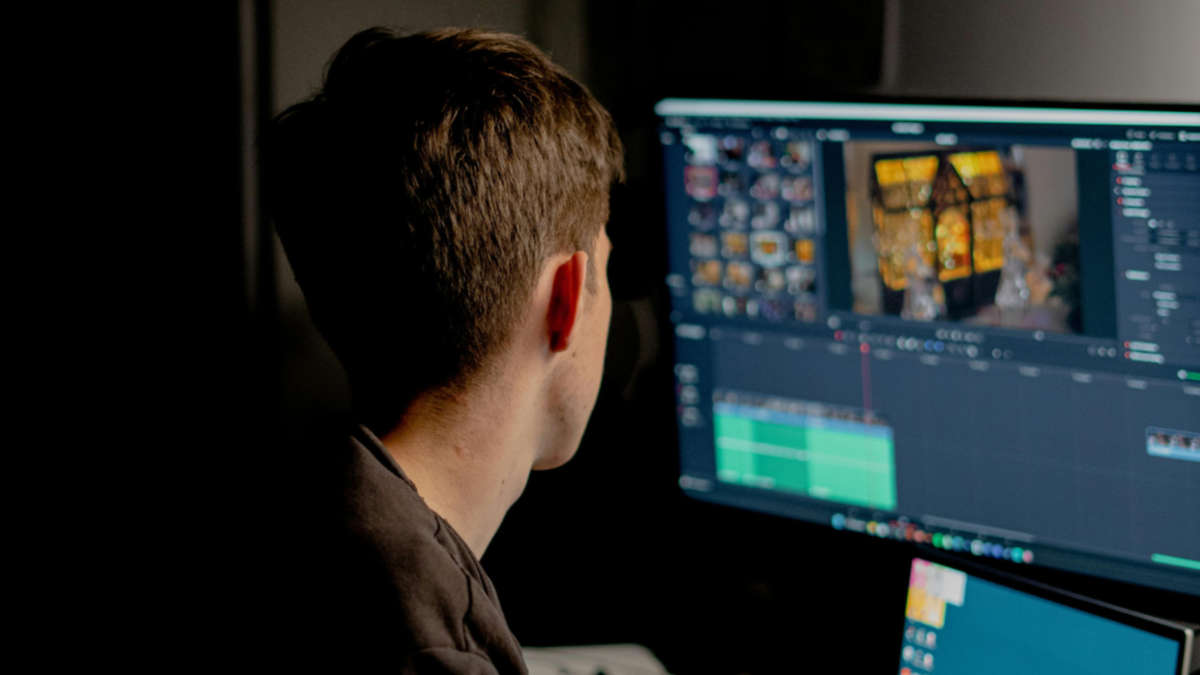Post production isn’t just about a timeline in editorial. It’s about music, creating the soundscape of the film, VFX and sometimes even re-shoots! The range of post production tasks changes in drastic ways based on the scope and budget of the film. An AVATAR movie will require wildly different things than HOSTILES. However, there are common post production tasks/positions that exist on every movie that’s shot today:
The Post Production Supervisor
The post production supervisor (post super) is over all aspects of post production. The director is in charge of story and works with the editor (and others) to complete the film. The post super handles pretty much everything else. This includes working with the assistant editor, sound designers, the composer, colorist, VFX, title companies and so much more.
The Editor
Many aspects of post production are technical. But the editor is someone who understands story details like a director does. Sure, they’re not writers—but a good editor could be. The editor and director take the hard-earned footage from production and use it to shape the story on the timeline. Editing can make or break a film. It can also save a film when their are problems with what was captured in production. Many editors have a music background in some shape or form and there are relations to the flow of music and a movie timeline when editing.
The Assistant Editor
Assistant editors are technical people that may also be very creative, but are serving in a technical position as they work their way up the editorial ladder while other assistant editors are focused on this position as a career. A great assistant editor understands the details of post production at a granular level, and assist not only the editor but the post supervisor in a wide array of tasks.
Post Sound
Did you know 98% of the sound in a film is typically added during post? Filmmakers who put the required work into their sound design will always stand out from the rest. Always. Post sound encompasses many tasks like foley, FX, dialog editing, music and the final mix. Once a film is picture locked, the director meets with the post sound team at a mix stage to put the final touches on sound design and complete the theatrical mix.
Color Grading
You would be blown away if you saw footage captured by the camera compared to what’s actually seen on the big screen. And grading is where it happens. Grading is a throwback term to the analog film days. And while certain directors like Chris Nolan continue with the traditional lab grading process, most films are graded in an application like DaVinci Resolve with pricey calibrated displays and grading rooms with measured ambient light from pure D65 light sources.
Visual Effects (VFX)
Even if a film isn’t STAR WARS or AVATAR, most still require some amount of VFX. Sometimes it’s manipulating geography. Adding muzzel flashes. Replacing green screen. The luxury of modern filmmaking is to create landscapes and even worlds with dedicated VFX teams in post! For films with less intensive VFX requirements, a lot can also be done in DaVinci Resolve.
Test Screenings & Reshoots
Studios and indie films alike will do test screenings during post to get audience feedback. Massive changes often happen after such events. Reshoots also take place to fix things that didn’t turn out right. Spielberg funded a reshoot himself on Jaws when the studio told him “no.” But it was so important, Spielberg did it on his own dime. Other huge films like The Departed end up shooting additional scenes once in editorial as the director realizes they need more.
Learn Post Production
Aspiring directors must understand post. Even with funding to pay crew, a knowledge of post helps them make better decisions. And if you’re a new director trying to push the needle on your career, sometimes you’re handling post production tasks solo. Hiring an editor, sound design or colorist for even a short film can get pricey fast.
The Write & Direct online film school teaches editing, sound design, color grading and even light VFX in a hands-on, easy to understand manner that’s better than training found in many traditional film schools! Enroll today and take an incredible first step in pursuing your dreams as an aspiring filmmaker!










